"Any customer can have a car painted any colour that he wants so long as it's black." The famous statement uttered by founder Henry Ford in 1909 is being restated for the modern era by car makers almost across the board as they reduce options and streamline ranges.
Ford was getting frustrated that salesmen were pandering to a few choosy customers while pushing the price up for the majority by increasing manufacturing complexity. More than a century later, we’ve come full circle as car makers again look to cut complexity in a bid to drive down spiralling costs and make both the manufacturing and sales process easier.

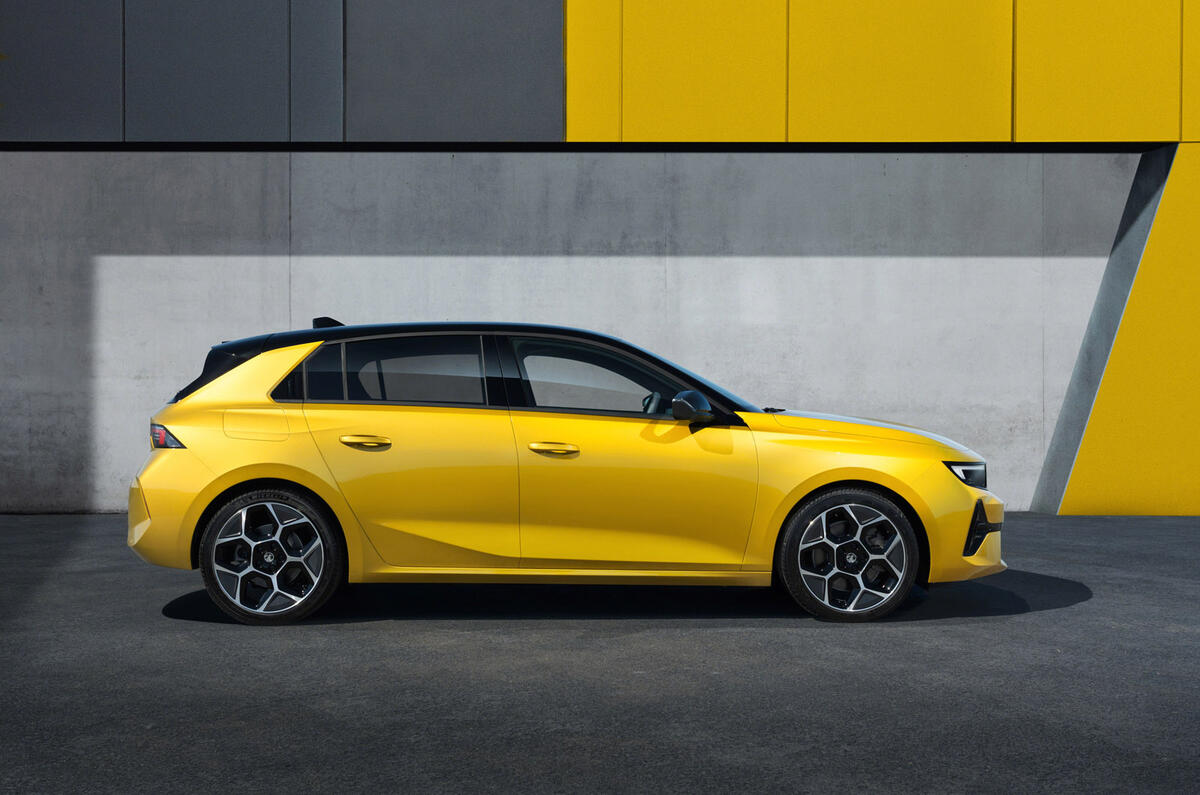
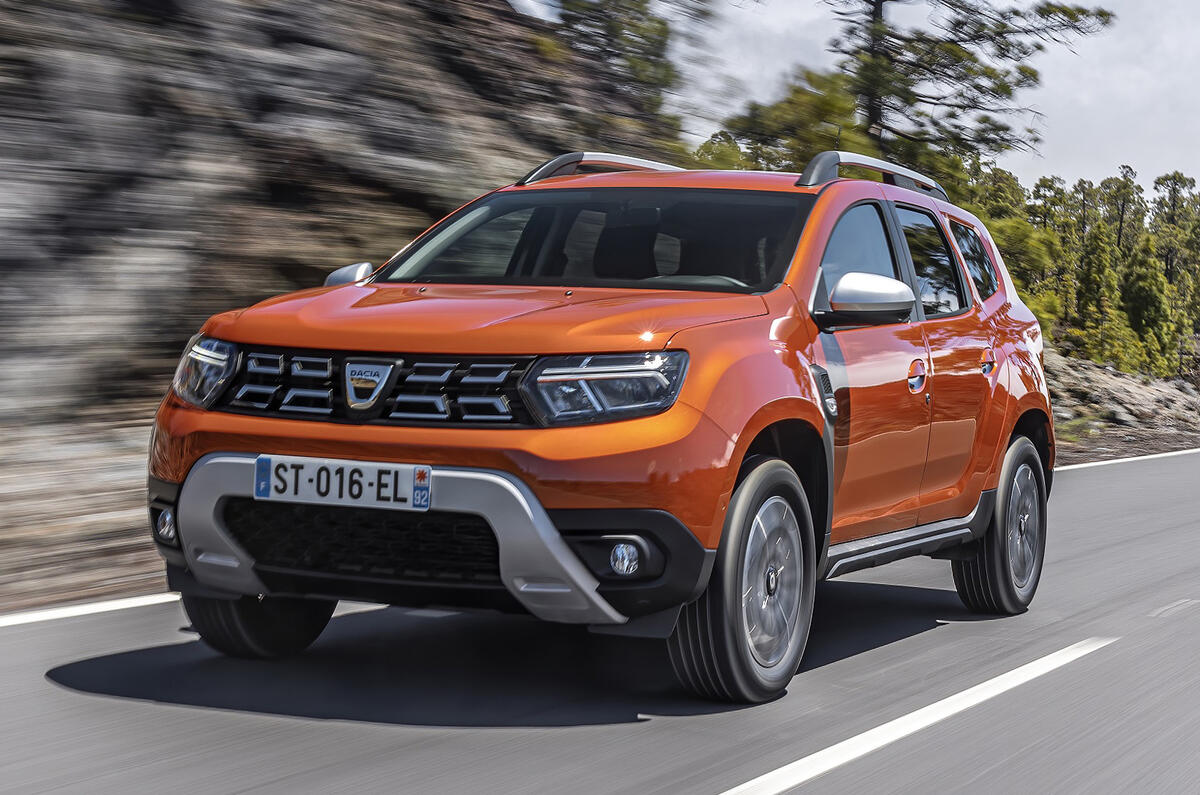
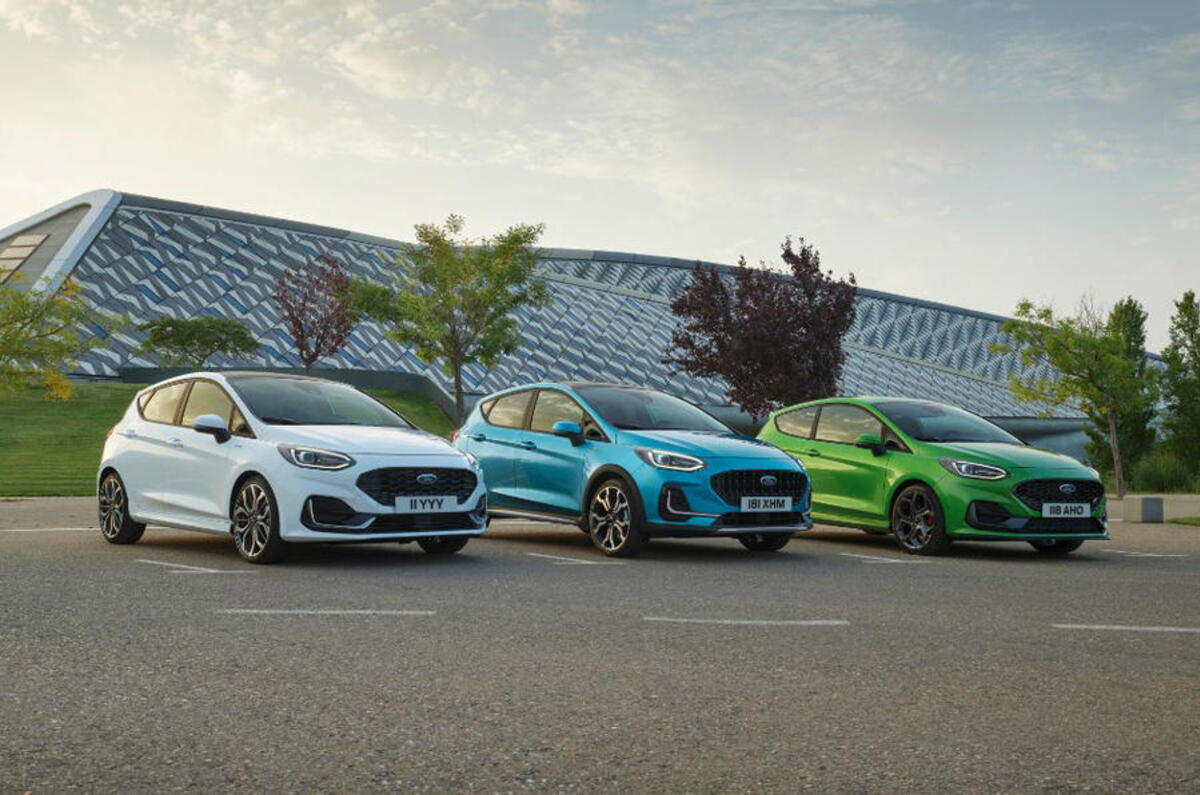
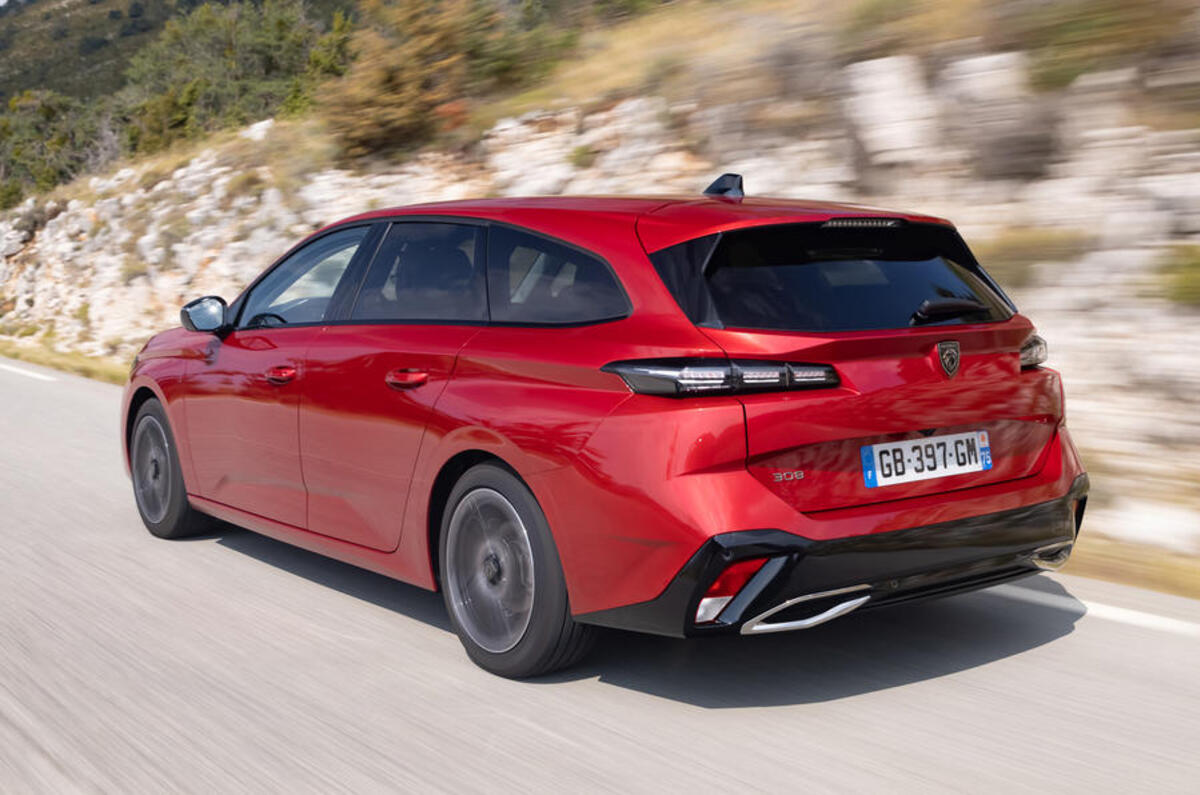

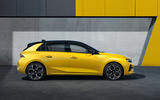
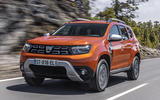

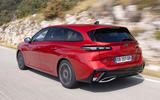
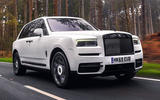


Join the debate
Add your comment
And yet as a customer I wont buy a car i dont like. Assuming i like the car i already own why would i spend thousands to buy a new car when the car maker has stopped offering me what i want? Even more so if the competition does. It may save a little money in the short term, but it wont grow a business. Seems very short sighted to me